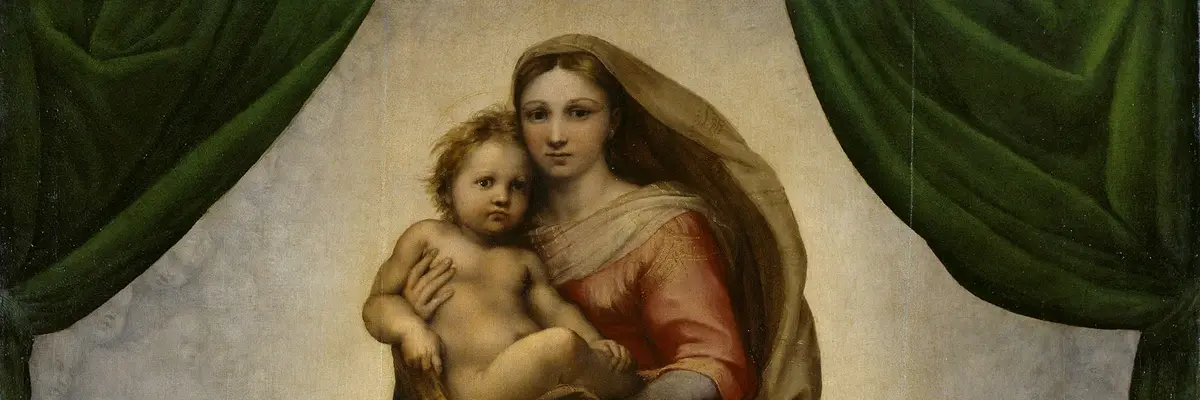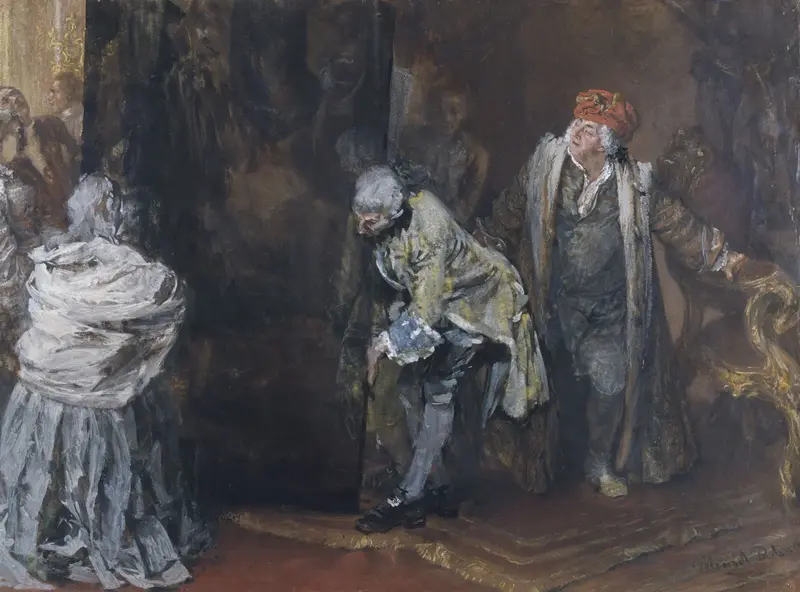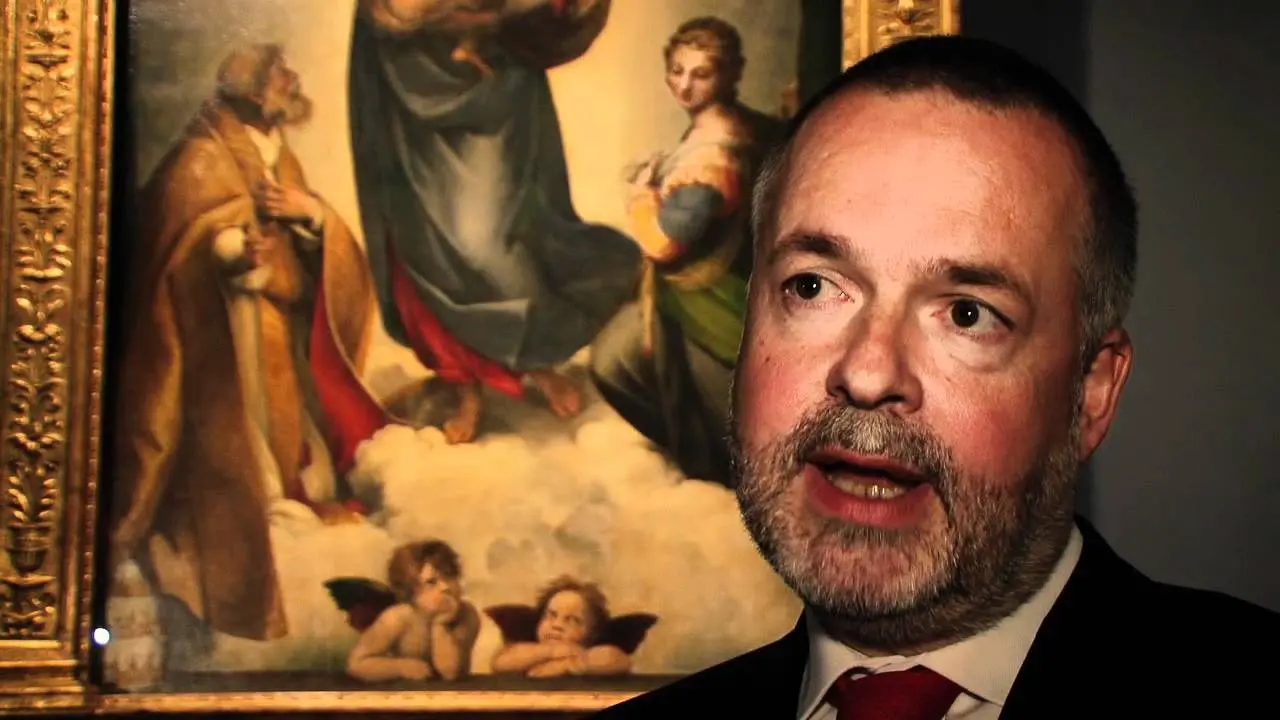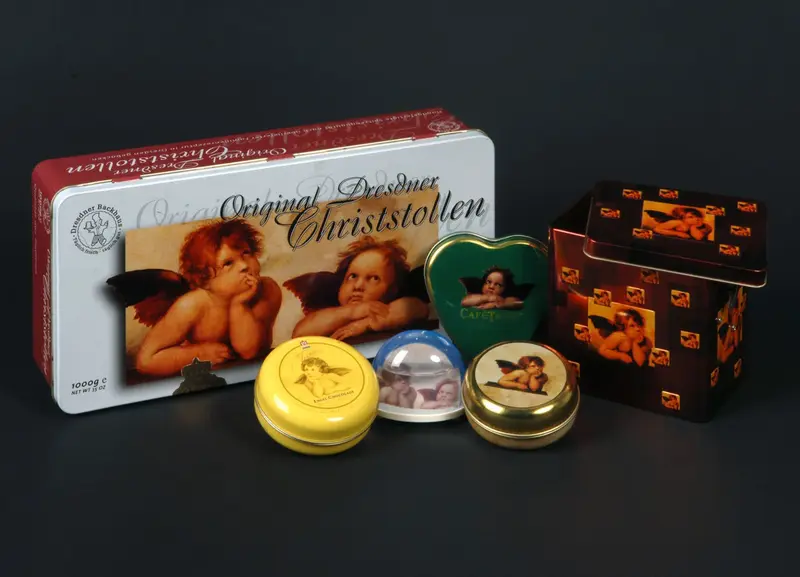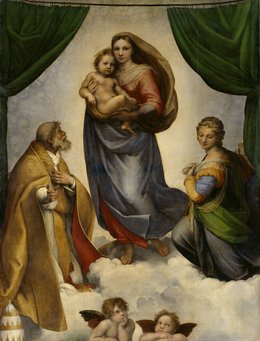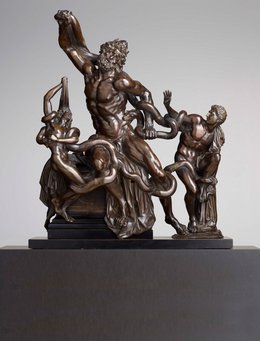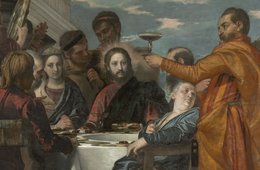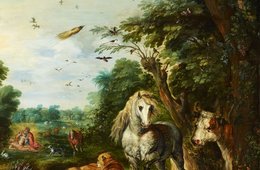text1
I. Raphael in Rome
This section of the exhibition presents the “Sistine Madonna” in the context of other Roman works by Raphael and those by other artists of the Renaissance. Important works by Raphael lent from international museum will be on view. Among them are the “Garvagh Madonna” (c. 1509/10) from the National Gallery in London or a fragment of an angel (c. 1512) from the Pinacoteca Vaticana. Other masterpieces of the Italian Renaissance are, for instance, the drawing “Mary in the Mandorla with Apostles and the kneeling Pope Sixtus IV” from the Albertina in Vienna as well as a Madonna by Filippino Lippi (c. 1475) from the Szépmüvészeti Museum in Budapest. Moreover, the commissioner, Pope Julius II, who had the Dresden altar piece painted for the monastery San Sisto in Piacenza, will be introduced in this section.
